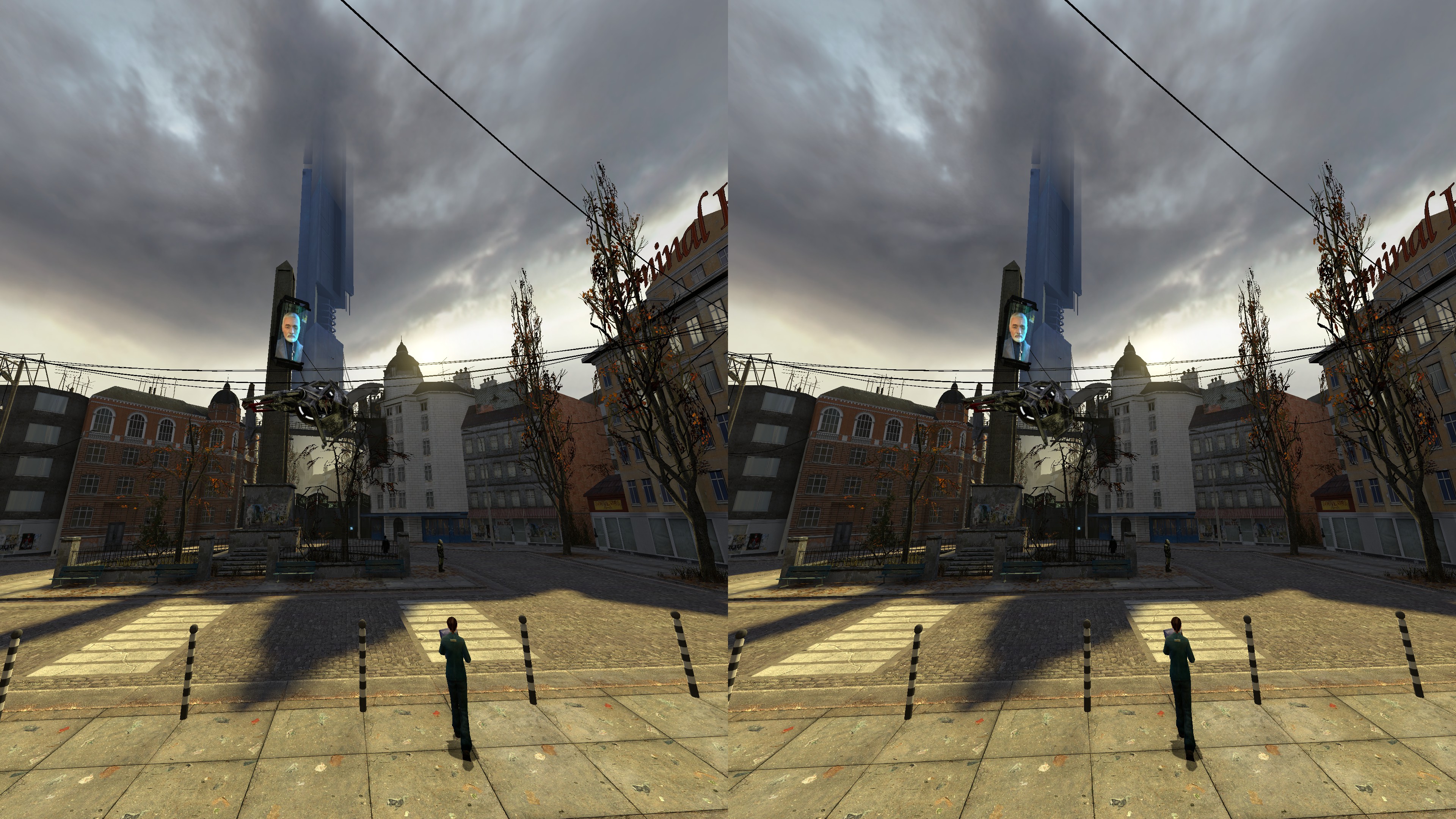

With Steam, Valve can distribute these updates automatically among its many users. Different systems within Source are represented by separate modules which can be updated independently. Source was created to evolve incrementally with new technology, as opposed to the backward compatibility-breaking "version jumps" of its competitors. Among others, Source uses Bink Video for video playback. Valve's development of Source since has been a mixture of licensed middleware and in-house-developed code. Source was developed part-by-part from this fork onwards, slowly replacing GoldSrc in Valve's internal projects and, in part, explaining the reasons behind its unusually modular nature. the "Goldsource" engine, and the name stuck. When it came down to show Half-Life 2 for the first time at E3, it was part of our internal communication to refer to the "Source" engine vs. At least initially, the Goldsrc branch of code referred to the codebase that was currently released, and Src referred to the next set of more risky technology that we were working on. Over the next few years, we used these terms internally as "Goldsource" and "Source". At that point we forked off the code in VSS to be both /$Goldsrc and /$Src. When we were getting very close to releasing Half-Life (less than a week or so), we found there were already some projects that we needed to start working on, but we couldn't risk checking in code to the shipping version of the game. Valve employee Erik Johnson explained the engine's nomenclature on the Valve Developer Community: Carmack commented on his blog in 2004 that "there are still bits of early Quake code in Half-Life 2". Doom 3 seems to run ok (60 fps with everything turned up to the max).Source distantly originates from the GoldSrc engine, itself a heavily modified version of John Carmack's Quake engine with some code from the Quake II engine. I even reformatted my computer with a fresh install of Windows Xp and installed all the latest drivers on top of this fresh installation, and there was no change! I can't figure out why this is happening. I have the latest video card drivers, sound card drivers, motherboard drivers, direct X drivers, etc. In other words, drastically reducing the graphics setting has no impact whatsoever on frame rates. BUT WHEN I THEN TURN THE RESOLUTION DOWN TO 640 X 480 WITH ANTI-ALIASING AND ANISTROPIC FILTERING TURNED OFF AND EVERY OTHER GRAPHICS SETTING TO LOW, I STILL GET 28-40 FPS! When I set the resolution to 1600 X 1200 with X4 anti-aliasing and X16 anisotopric filtering I get somewhere between 28-40 fps (which frankly is too low for a system like this). I am getting around 28-40 fps on Half-Life 2 even though I have the following system specs:


 0 kommentar(er)
0 kommentar(er)
